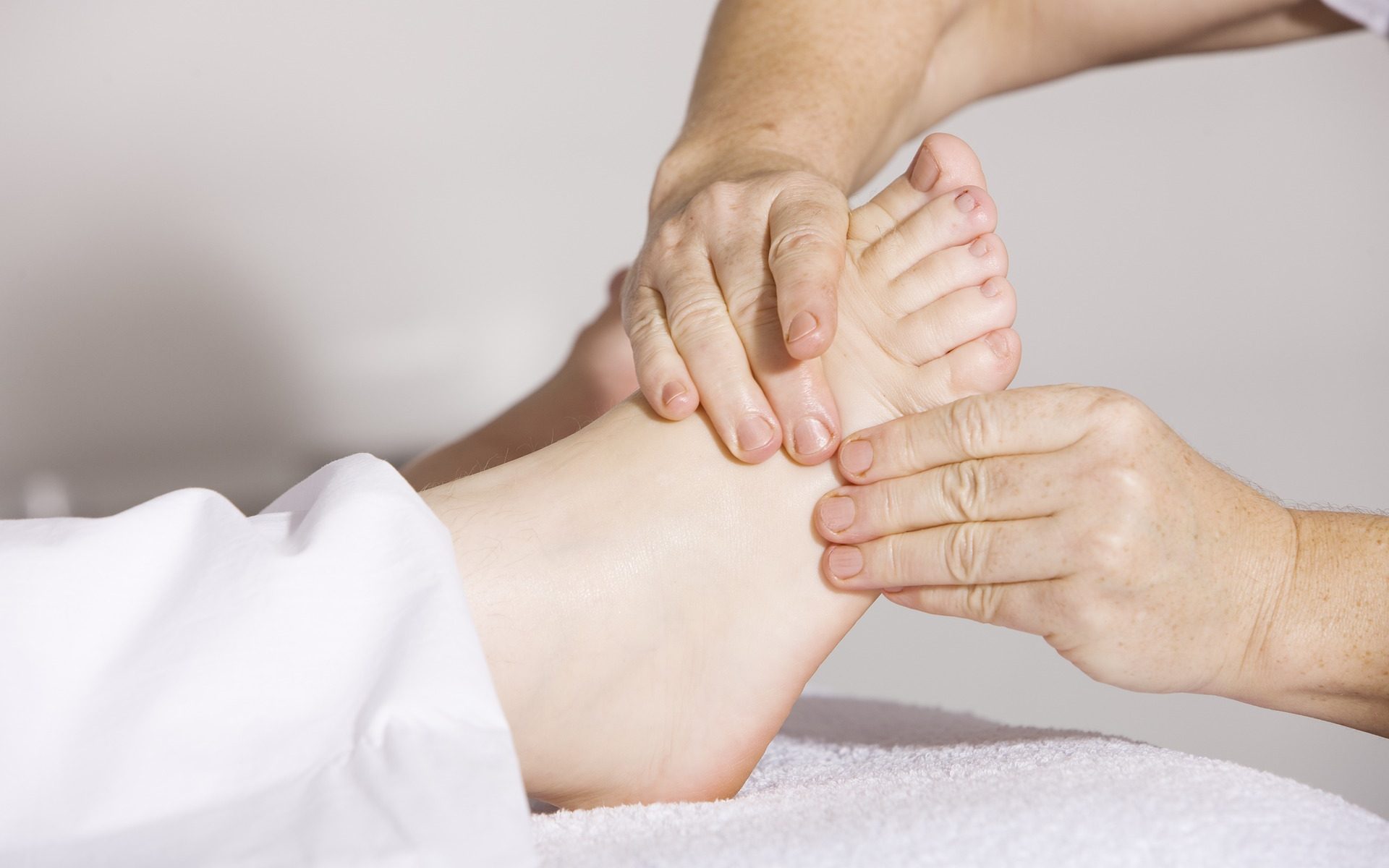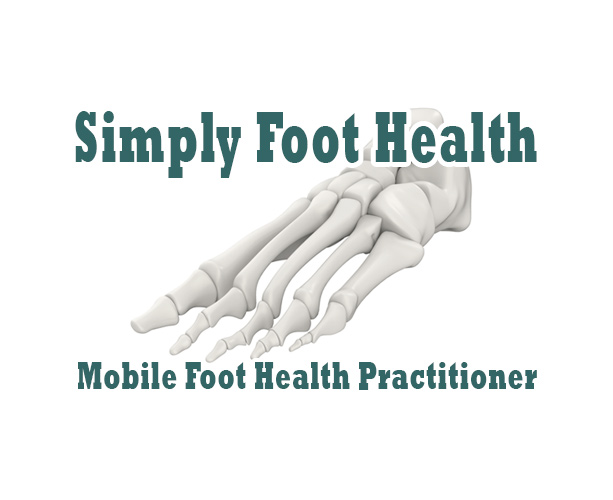Podiatrist or Foot Health Practitioner?
Podiatrist and FHP’s both work in the same field, but do very different work. Let me explain the difference to help you decide what’s best for you.
Podiatrist, Chiropodist and Foot Health Practitioners are similar
Yes, it’s confusing isn’t it?
Most people know that chiropodists look after feet. It’s 2019 and things have moved along in the foot care game. We now have ‘Podiatrists’ and “Foot Health Practitioners’.
The simple way to understand it it to think that Podiatrists are the new Chiropodists and Foot Health Practitioners do the maintenance to keep feet healthy.
About the SMAE Institute
The SMAE Institute is the only provider for Credit Rated Foot Health Course in the UK. The course is Credit Rated by Queen Margaret University and carries 60 Higher Education Credits at Level 4. SMAE is the only Institute to offer an FHP Diploma at this level. The Diploma is equivalent to half of the first year of an undergraduate degree program
Podiatrists and chiropodists can diagnose conditions and prescribe medication. They are also trained to deliver specialist treatment when it is needed. Foot health practitioners work on a wide range of less specialist and invasive procedures, as well as observe general foot health. They will refer you to a podiatrist or chiropodist where necessary.
Who should treat me?
Imagine foot healthcare as a range of treatments on a spectrum. Simple tasks like corn removals sit at one end, while something more complex and invasive, such as the treatment of an infected wound would sit at the other end. Similarly, the professionals who work in foot healthcare will be qualified to perform different tasks on this spectrum.

What is a Foot Health Practitioner?
A Foot Health Practitioner keeps people’s feet healthy and gives advice on day-to-day foot care to ensure they are well kept into old age. As people are living longer today, more care is required to keep feet healthy and comfortable
As well as working on foot complaints such as calluses and corns, FHP gained competence in treating verruca/warts using chemicals. In addition, FHPs trained in SMAE institute gained skills in how to reduce nails with a variety of nail drills and nippers and learned scalpel technique.
History and birth of foot health practitioners and hygienists
The Royal Commission on the National Health Service in 1979 reported that about six and a half million NHS chiropody treatments were provided to just over one and a half million people in Great Britain in 1977, 19% more than three years earlier. Over 90% of patients receiving these treatments were aged 65 or over. At that time there were about 5,000 state registered chiropodists but only about two-thirds worked for the NHS. The Commission agreed with the suggestion of the Association of Chief Chiropody Officers for the introduction of more foot hygienists to undertake, under the direction of a registered chiropodist, “nail cutting and such simple foot-care and hygiene as a fit person should normally carry out for himself.”
A podiatrist (/poʊˈdaɪətrɪst/ poh-dye-eh-trist), also known as a podiatric physician[1] or foot and ankle surgeon, is a medical professional devoted to the treatment of disorders of the foot, ankle and lower extremity.[2] The term originated in North America, but has now become the accepted term in the English-speaking world for all practitioners of podiatric medicine. – Source WikiPedia
If you would like to discuss your foot health needs, please contact me and I will be glad to advise you if you need a podiatrist or foot health practitioner.


